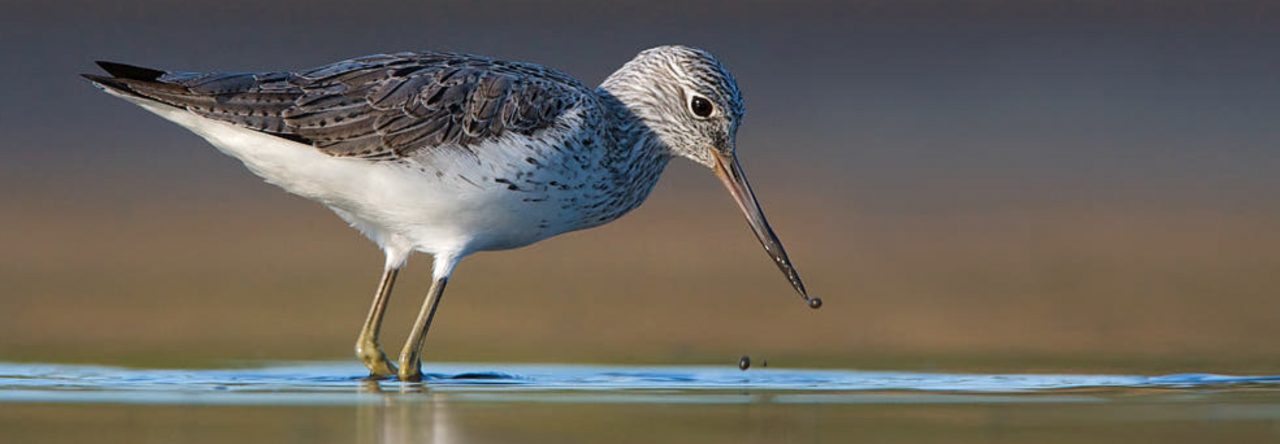Written by Gyorgy Szimuly/WorldWaders
One month after the introduction of the Breeding Shorebird Mapping Project the other module of the WorldWaders project goes online. The development of the Non-breeding Shorebird Mapping Project has finished and designers made it available for testing today.
Counting waterbirds including shorebirds are popular way of birding activity. Shorebirds are attracting a great number of birdwatchers worldwide resulting tons of never published or stored field records. We are expecting shorebird records even from the most remote areas of Bangladesh to internal lakes of the steppes of Patagonia. While some part of the world is fairly covered by counts and key sites has been identified there are huge geographical regions where those data is simply not available. This project aims to provide a big picture of shorebird areas of international importance by applying rules of IBA’s selection for their most effective conservation. To provide a future view of the project outcome, regular monitoring activity will be launched on the identified key areas (where it is not yet available) to monitor bird numbers on a regular basis.
About this module
The Beta version of the non-breeding data form is a little bit different from that of used for nesting shorebirds, but the structure is similar to the other module as it maps the records.
?? Jon Villasper/WorldWaders (Project images cannot by used elsewhere than in the WorldWaders Posterous blog and the WorldWaders.org webiste, without permission.)
The new interface help the contributor to add records on a site and date level not on a species level as used for nesting birds. This can reduce the length of time of data entering dramatically. We also think the reduced bird list on a bio-georgapical level is a great help as the user doesn’t have to browse the world shorebird list (which contains 220+ waders). Only the regularly seen species list is appearing for the selected country. If another georegion is changed the list of species also changes. Non-native waders (such as rarities) for a every georegion can be added manually.
Very rough habitat classification helps us to categorise the results. It is not possible to add every single micro-habitat-type used by waders but we made an acceptable grouping of the most characteristic habitat types.
The online form of the Non-breeding Shorebird Mapping Project is available in English at the moment but soon Spanish, Catalan and Hungarian versions will be online.
For more question please contact Gyorgy Szimuly, project manager.


